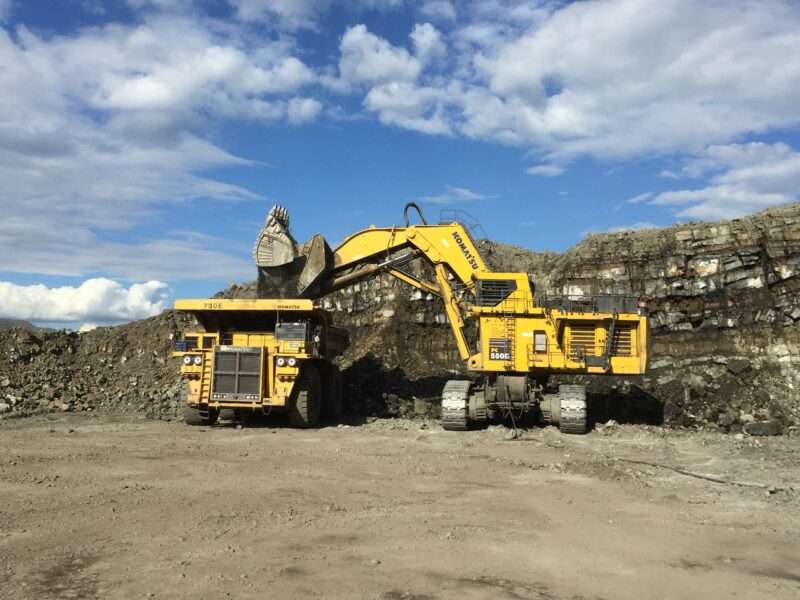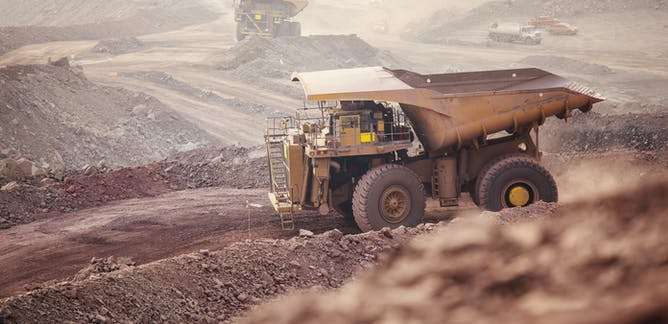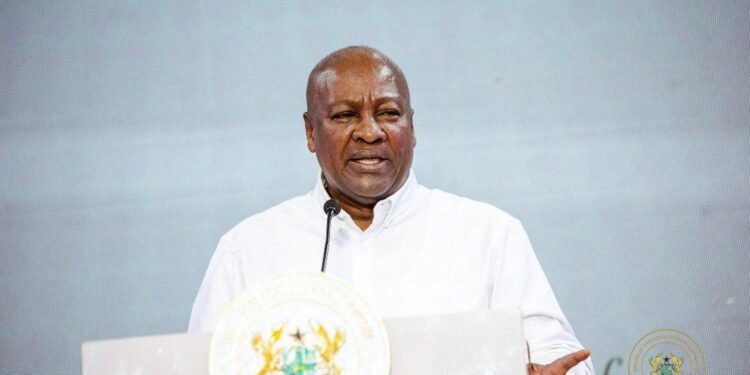Resource extraction has been flagged as one of the key pressures behind the decline in Australia’s environment, according to the country’s latest State of the Environment report.
Over the past five years, investment in mineral exploration doubled from A$344.7 million in June 2016 to A$878.3 million in June 2022. Beyond the direct footprint of mines, impacts of mineral extraction included waste discharge and pollution, chemical emissions and acids, sediment transport, and rehabilitation.
The State of Environment report found that land-based mining was among the major Australian heavy industries with the largest levels of emissions, including carbon monoxide (CO), sulfur dioxide (SO2), coarse particulate matter (PM10) and volatile organic compounds (VOCs).
“Impacts on air quality from mining can last for centuries because some human-made emissions do not break down easily. Mercury used in gold mining during the mid-to late 1800s is still being cycled through the atmosphere via soil and vegetation processes.”
“Australia continues to bear the legacy of tens of thousands of orphaned or abandoned mines that pose an ongoing risk to the environment, public health and safety.”
Report
The cumulative impact of past practices, as well as present activities, is substantial and not well understood, with significant legacy issues remaining unaddressed, the report found.
Additionally, it also pointed out that much of Australia’s mining occurs on land that is subject to land rights and native title, with more than 80% of the mineral value extracted in the Northern Territory coming from Indigenous-owned land.

Dangers of Mining
The report stated that mining can damage indigenous heritage as revealed by the 2020 destruction of Juukan Gorge. Mining activities also impact historic heritage; historic mining heritage is particularly at risk from mine rehabilitation.
Since colonisation of Australia occurred in 1788, some 39 mammal species have gone extinct in the region, representing 38% of the world’s lost mammals, according to the report.
Over the past five years, a further 17 mammal species have been either added to the endangered list or upgraded to the critically endangered list, along with 17 bird and 19 frog species.
“Australia’s strategies and investment in biodiversity conservation do not match the scale of the challenge, and the state and trend of Australia’s ecosystems and species continue to decline.
“Australia has lost more mammal species than any other continent and continues to have one of the highest rates of species decline among countries in the Organisation for Economic Cooperation and Development.”
Report
Even so, the true number of extinctions is likely to be significantly higher because many species are poorly surveyed or poorly described, or both.
Increasingly, the country is resorting to the costliest conservation mechanisms of restoration, rehabilitation, ex situ conservation, translocations, and the creation of safe havens on islands and in fenced areas, the report states.
“Reversing this trend requires collaboration and cooperation between governments, businesses and communities to build resilient landscapes, to achieve balanced and equitable environmental, economic, social and cultural benefits.”
Report
In response to the State of the Environment Report, federal Environment and Water Minister Tanya Pilbersek announced that the newly elected government would develop new envionmrntal legislation for 2023 and would “consult thoroughly” on current environmental standards.
But in the meantime, I’d like to see immediate start on improving our environmental data and regional planning- establishing a shared view of what needs to be protected or restored, and areas where development can occur with minimal consequence
Tanya Pilbersek
READ ALSO: Importers and Exporters Association Lauds the Integrated Customs Management System























